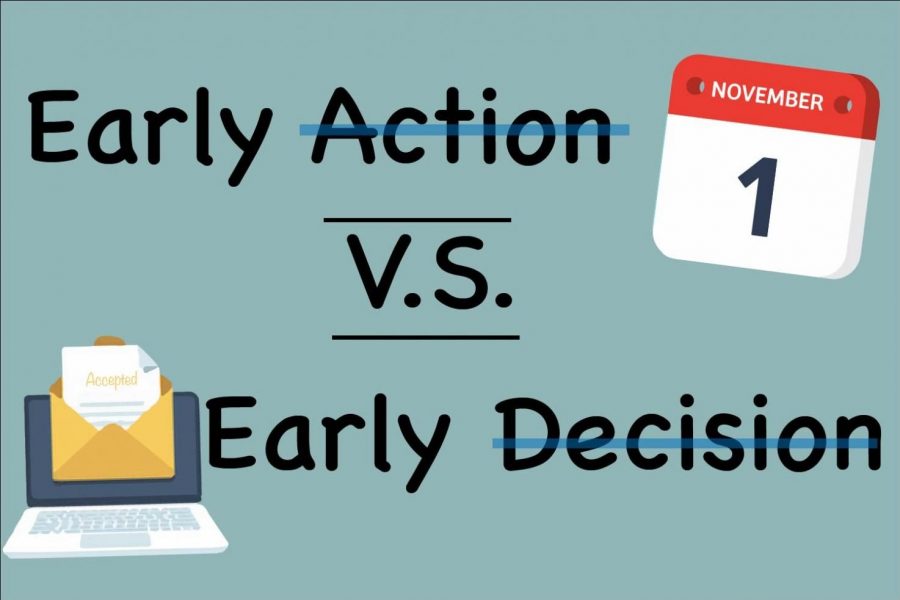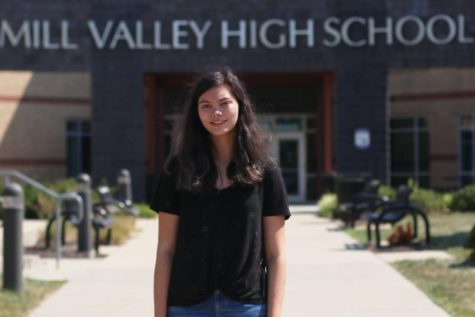How students apply to college
An explanation of different ways students apply for college
By Avery Gath
With college admissions decisions coming up, parents and students will have to decide between applying regular decision, early action, or early decision.
November 16, 2020
Millions of high school students all over the world spend hours on their college applications each year. They hope to make the perfect choice on where they will spend their college years. There are many processes by which these students choose their path.
The first of these processes is a regular decision, which is simply the standard path the majority of people take when choosing a college. They apply to multiple colleges, usually by January, and wait for a response from these colleges, which generally come in by early April. Then they make their decision on where to attend by May 1.
Another path taken is known as early action, which has many similarities to regular decision, except for the timeline of applying.
Students who take part in early action are students who have applied far before the January admissions deadline. These students also receive a verdict from the college well before the college’s usual response date, which is generally considered to be April 1, to allow students time to make a decision.
Early action is not considered to be binding, and students are not required to attend a college if they are accepted. Under early action, a student can apply to multiple colleges, and make a decision from any that accept them.
There is a variation of early action known as restrictive early action. The main difference is that in restrictive early action, a student can still apply to other schools, but they cannot apply to other private schools early.
On the other hand, when a student applies for a college under early decision, the student cannot apply to other schools until the school responds. If the school accepts the student, it is a binding decision, and that university is the school the student is agreeing to attend.
All of the early options have shown to give students an advantage, with the admission rate increased for students who applied for colleges through early action or early decision. In 2018, students who applied early to one of the 8 ivy league schools had roughly between a 10-18% higher chance of admission.
Despite having higher admission rates, early options may not always be the best fit. In an early decision, if a student breaks their obligation and try to attend another college, the school cannot take the student to court, but they may blacklist them, along with other schools they have applied to.
Early options also give students less time to gain financial aid like scholarships. Lacking financial aid is considered the only way students can leave an early decision without consequence. For this reason, students should make sure they made financial plans before they apply.
If a student knows for sure where they want to go for college, early application options may be best, as they show schools that the student is serious and can give them an edge over the competition. However, applying early is not the only factor a college will consider when accepting students, so students should do what they feel is best for them.









